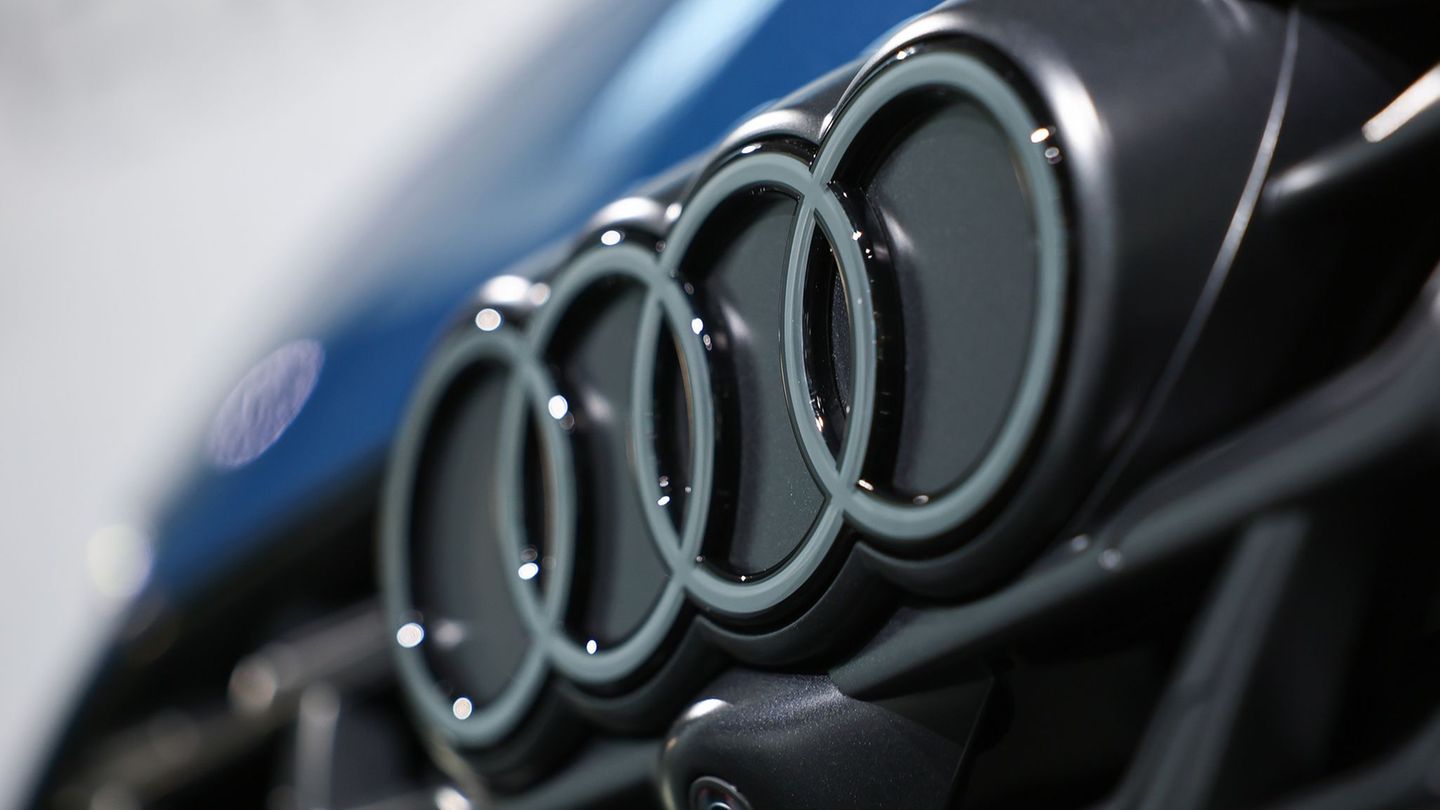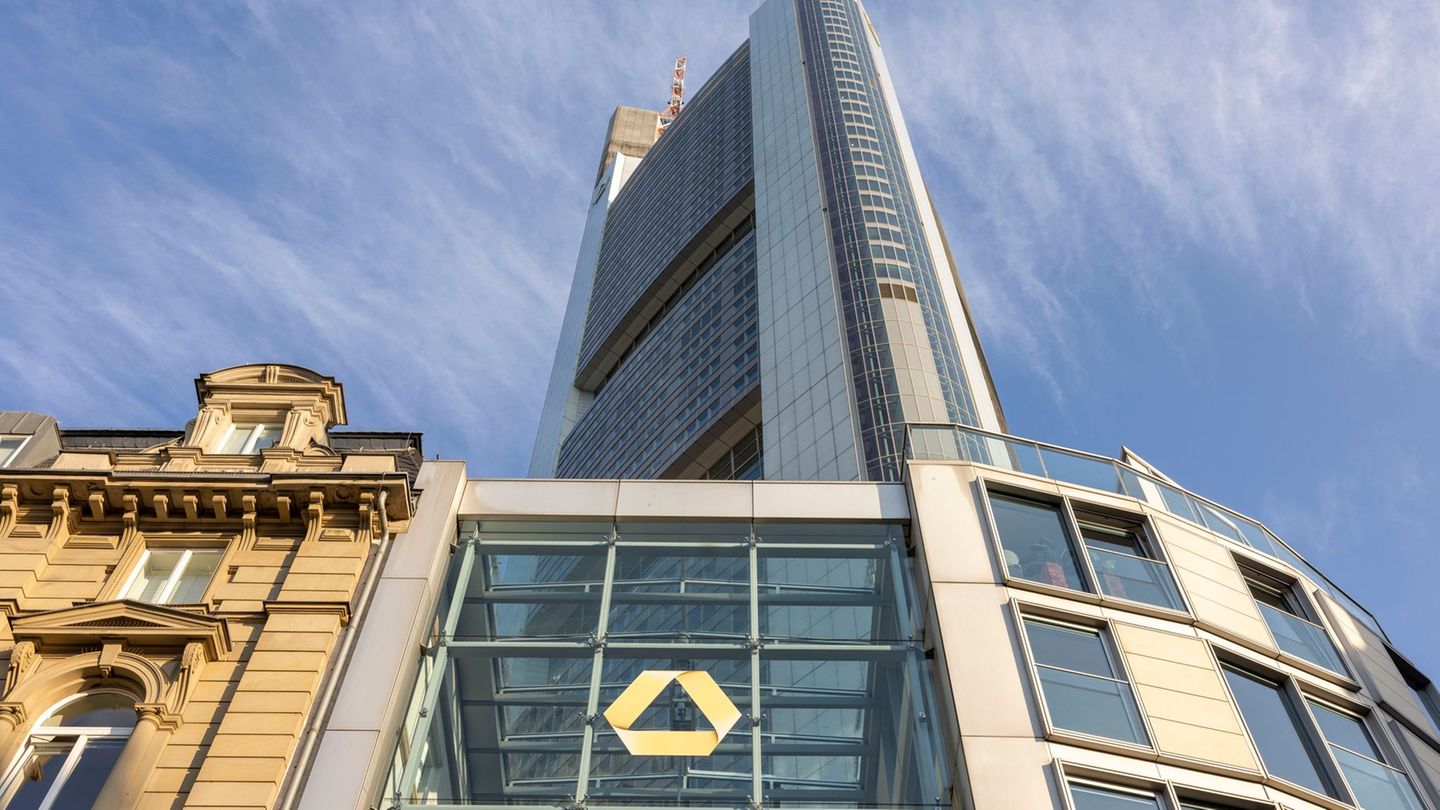Heat pump expert Raymond C. Decorvet works for the MAN subsidiary Energy Solutions in Zurich, which specializes in mega heat pumps. They are also on the market in Austria and play a key role in setting the pace of this technology.
Question OÖN: There seems to be movement in the market for large heat pumps. Is that true?
Absolutely. At the beginning of 2020, I was asked at a heat pump conference in Germany whether there was a market for mega heat pumps in our performance class of 20 to 50 thermal megawatts (MWth). At the time, I wasn’t sure. Today, after we won projects with heat requirements of 50 and 180 MWth, respectively, I am sure. Other district heating network projects we know of are targeting 500 MWth. But industry is also reporting a need for heat pumps with more than 20 MW of thermal output for hot water or steam.
OÖN: How big is the potential in Europe? Are we using it?
The potential is huge. There are around 19,000 district heating networks in Europe. In an extreme case, these could all be operated with large and extremely large heat pumps. But the decarbonization potential is also still huge for industry. Most industrial processes require temperatures of less than 200˚C – whether hot water or steam. Modern heat pumps can already do this today. In a few years, heat pumps will also be able to cover much higher temperature requirements. The technology is available. Now it depends on whether those responsible in companies promote decarbonization by prioritizing the environment over short-term profit considerations or not. That is a dilemma, I understand that.
Who are the most typical users?
With our two projects in Denmark, where our CO2 heat pumps will be used, we will save 250,000 tons of CO2 per year in the future compared to coal-fired power plants. Converting district heating networks to heat pumps is relatively easy and brings a lot of benefits. Incorporating heat pumps into existing industrial processes is more challenging. But there are many great projects here too. So it is doable.
What are the difficulties for faster implementation?
The decision-making processes are still far too long. Economic efficiency is also a critical factor. Heat pumps can pay for themselves after three to five years. But that is difficult to demonstrate – especially in countries where electricity is taxed two to three times more than fossil fuels.
What does your company contribute to the further development of this topic?
In Denmark, for example, we build the largest CO2 heat pumps using seawater at 2˚C in winter as a heat source. The efficiency level is still 3.3 with a flow temperature of up to 90˚C. CO2 is a natural coolant and in this case harmless to the environment. In addition, our compressor technology helps to compensate for grid fluctuations caused by renewables (wind and solar power).
My themes
For your bookmarked topics
new articles found.
info By clicking on the icon you add the keyword to your topics.
info
By clicking on the icon you open your “my topics” page. You have of 15 keywords saved and would have to remove keywords.
info By clicking on the icon you remove the keyword from your topics.
Add the topic to your topics.
Source: Nachrichten




